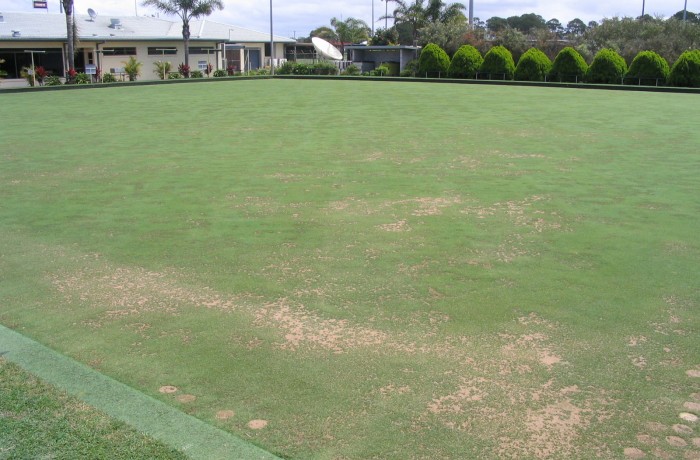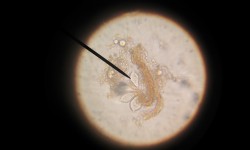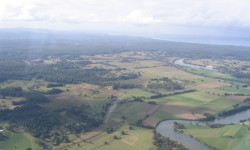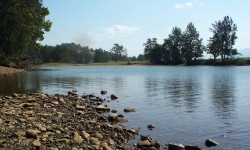Recreational turf surfaces receive of the most intense wear and the most challenging conditions of any managed crop. From Bowling Greens to Council Football Fields there is increasing pressure on the surfaces from compaction, thatch build up and salinity. Surfaces require annual renovation to reduce compaction, improve soil structure, replenish worn turf and break down impervious organo-chemical layers. Renovation typically has a high component of mechanical intervention, provision of some organic matter and soil chemistry correction. Much less emphasis is placed on a specialised biological approach to optimise soil amelioration and provide a long term improvement in soil structure and playing surface quality.
Compaction is one of the most severe limiting factors in plant growth. The energy required by a root system to naturally expand in a compacted soil reduces the plants vigour, efficiency and disease resistance as well as its ability to uptake nutrients and water. A good biological profile works against compaction by regulation of chemical structure in the soil and also by physically creating soil pore spaces, a function of soil fungii.
Improvement of the soil fungal community in a playing surface will increase calcium supply to the soil, thereby opening the structure of the soil and hold that calcium in place to limit the sticking effect of excess magnesium and the root damaging effects of excess aluminium and manganese. As a result of this pH will be buffered. This is especially important in low CEC soils based on sand. Beneficial bacteria will crowd out pathogenic diseases and stick micro-particles together in the soil while fungi will organise these into larger aggregates, rejuvenating soil structure, reducing compaction and improving drainage and most importantly, aeration.
The process described above is exceptionally effective in breaking up impervious layers. These are formed from inactive degraded and putrescent organic material that has worked through the soil profile and accumulated at a specific depth as impermeable barriers to moisture that trap and foster disease. To ensure effectiveness active biology needs to be placed near these layers after coring or slicing the playing surface. An active biological presence will break into the layer and keep it broken up by introducing a beneficial Soil Foodweb in that location.
Composts, solid and liquid are the most potent tools available to begin restoring worn out soil. Put simply compost is organic matter populated by beneficial aerobically grown organisms. As an inoculum they will infect playing surfaces with beneficial biology restoring and fortifying new root systems with beneficial biology and the physical, hormonal and chemical changes this biology provides the soil it inhabits.
AgriSense has sourced one of the best composts available to supply microbe-rich active organic matter to the soil as a means of improving soil tilth and nutrient status. We call this simply Premium Compost. It is a rich blend of composted poultry manure, worm castings, natural fertilisers like fish meal, seaweed, blood and bone and rock minerals with and exceptionally high and diverse population of beneficial biology. In addition AgriSense can supply the best Liquid Composts and the highest quality foods to maintain an active Soil Foodweb and create a lasting beneficial change in your newly renovated playing surface.
Application Rates vary with soil structure and texture. As a rule 10-30% Premium Compost by volume should be applied to sand that is going to be swept into core holes or 80 litres per 100 square metres. This should be followed with an application of liquid compost at 1 litre per 100 square metres immediately after renovation. Use the AgriSense Anti Pathogen Pack with this liquid compost application to further suppress and destroy remnant disease in the soil profile and foster young root growth.
Adopting an effective biological program for turf renovation is the best way of ensuring a truly effective and rapid return to play with lasting beneficial effects and ongoing economies resulting from increases in surface performance and stamina.
 2/16 Bayldon Dr Raleigh NSW 2454
2/16 Bayldon Dr Raleigh NSW 2454
 0409185680
0409185680



